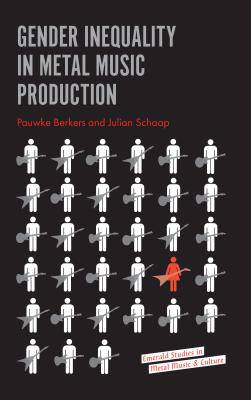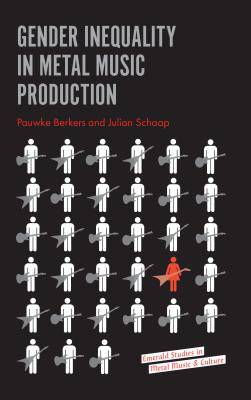
- Afhalen na 1 uur in een winkel met voorraad
- Gratis thuislevering in België vanaf € 30
- Ruim aanbod met 7 miljoen producten
- Afhalen na 1 uur in een winkel met voorraad
- Gratis thuislevering in België vanaf € 30
- Ruim aanbod met 7 miljoen producten
Zoeken
Omschrijving
For over four decades, scholars have been investigating male dominance - both symbolically and numerically -within popular music. The heavier genres of popular music, metal music in particular, have been male dominated spaces, which are difficult to navigate for women participating as fans, musicians, or both. Studies on gender inequality in metal music have convincingly demonstrated how gender dynamics shape the reception of metal music and metal scenes all over the globe. Yet, they shed relatively little light on the extent of and reasons for metal music's male domination from a production perspective. This book fills this gap, offering is a systematic and large-scale overview of gender inequality in metal music production. In other words: how many women - compared to men - are participating in metal bands and what are the causes for the differences in participation?
Specificaties
Betrokkenen
- Auteur(s):
- Uitgeverij:
Inhoud
- Aantal bladzijden:
- 176
- Taal:
- Engels
- Reeks:
Eigenschappen
- Productcode (EAN):
- 9781787146754
- Verschijningsdatum:
- 19/06/2018
- Uitvoering:
- Paperback
- Formaat:
- Trade paperback (VS)
- Afmetingen:
- 127 mm x 196 mm
- Gewicht:
- 176 g

Alleen bij Standaard Boekhandel
+ 219 punten op je klantenkaart van Standaard Boekhandel
Beoordelingen
We publiceren alleen reviews die voldoen aan de voorwaarden voor reviews. Bekijk onze voorwaarden voor reviews.








